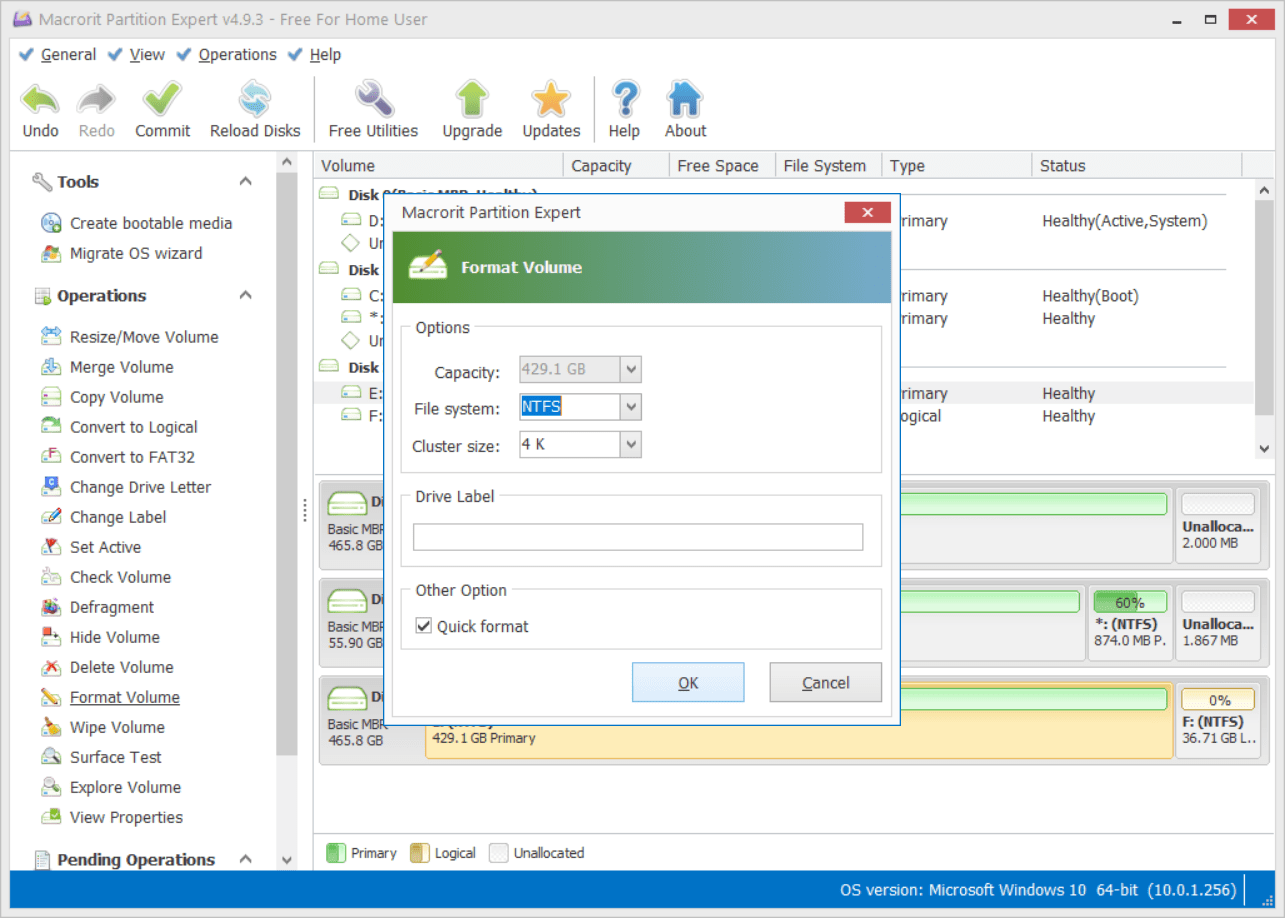

It was introduced by Microsoft in 2006, exFAT file system can be used on flash memory like USB flash drives and SD cards. exFATĮxFAT is the abbreviation of Extended File Allocation Table. FAT32 is commonly used on USB sticks, SD card, and other solid-state drives, and many portable and embedded devices. As an older file system, FAT32 has great compatibility. FAT32 is the most common version of the FAT file system created back in 1977 by Microsoft. FAT32įAT stands short for File Allocation Table. So before I show you how to change your device from exFAT to FAT32, I’d like to give you a brief introduction of exFAT and FAT32 file system. What are exFAT and FAT32 file systems? Are FAT32 and exFAT the same? Of course not! Many of you may be confused about the two file systems and don't know their major differences. How to Change exFAT to FAT32 File System.You can follow this article to convert exFAT to FAT32. If you need to switch your drive to a different filesystem, follow the instructions on our guide Changing the USB Filesystem.Do you know how to convert exFAT to FAT32? Is there an exFAT to FAT32 converter free download? If you don't know how to convert exFAT to FAT32 or you are still looking for a free exFAT to FAT32 converter. The filesystem is displayed in the dialog that pops up:.Right-click on the drive in question, and choose Properties from the resulting menu:.Make sure the drive is connected to your PC and shows up under My Computer or This PC:.To identify the filesystem used by a drive is fairly straightforward: While NTFS is almost always the filesystem uses for local drives (notably the main C:\ drive for the Windows installation), USB disks and external hard drives can be formatted in FAT32, NTFS, or even exFat. The two primary filesystems in use in the Windows world are FAT32 and NTFS. There are a number of different formats that can be used, depending on the purpose and platform – for example, Windows PCs use one format while Macs and iPhones use another. While when you browse the contents of a disk, CD, or USB, you see files and folders, that information must be encoded into a sequence of zeros and ones in order to be stored on a physical disk. This guide will show you how to identify the current filesystem used by your device. Many guides for creating a bootable USB, such as those used to run PC recovery software or to update the system BIOS or install Windows require that the USB stick to be used is first formatted as FAT32.


 0 kommentar(er)
0 kommentar(er)
